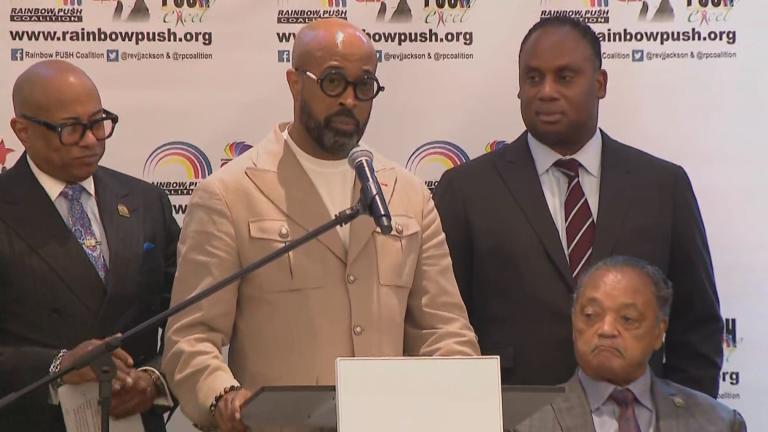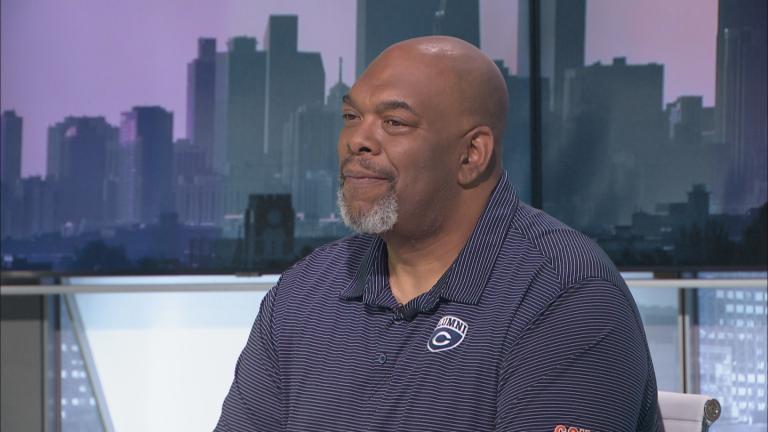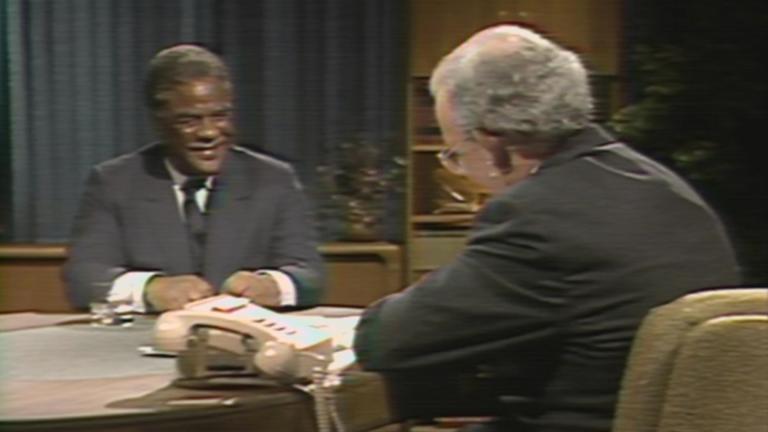A wave of labor actions swept through Illinois public universities this month, with faculty at Chicago State, Eastern Illinois and Governors State universities on strike at various times throughout April. While agreements have been reached at all three schools, faculty members said the strikes shared some common factors — namely, instructors feel overworked and underpaid in conditions that lead to diminished outcomes for their students.
Chicago State University associate professor Valerie Goss is president of the University Professionals of Illinois Local 4100. She said the strike was a last resort after a protracted effort to improve conditions.
“You consider that we’ve been working through the pandemic,” Goss said. “We’ve worked with our students and laboratories and all sorts of other courses and we … started trying to bargain with the institution and see if we could get to some agreement. I think that we began getting to a point … where we just couldn’t move any further. We were asking for adequate workloads that were balanced where we’d be able to do the work that needs to be done for the student and for the community. And then we also were looking for equity in compensation as well.”
Lisa Philip, who reports on higher education for WBEZ Chicago, said the CSU faculty’s experience is similar to that of the faculties at Governors State University and Eastern Illinois University.
“We’ve seen public funding for higher education decrease incredibly in the past two decades — by nearly half when you account for inflation,” Philip said. “And that’s really in some situations caused minimizing of salaries, faculty salaries and reduction of tenured positions. And so you have fewer faculty that are taking on more and more work, and their salaries haven’t really kept up with inflation, especially recently, where we’ve seen inflation skyrocket.”
Bob Bruno, professor and director of the labor education program at the University of Illinois School of Labor and Employment Relations, said some of the underlying financial issues date back years.
“The years [2015, 2016] were really just terrible years of budget impasses and what it did was it accelerated about a two-decade slide in the level of support for higher education in the state of Illinois,” Bruno said. “During the Rauner years without the budget approval, we saw schools like Governors State and Chicago State and Eastern suffer significant reductions in enrollment. There were furloughs of large numbers. The allocation that was needed to maintain operation wasn’t forthcoming. And these schools really didn’t have rich endowments and other appropriate sources of revenue to make up the differences. And really since about 2009, we have seen tuitions go up substantially across the system to try to make up for what is about a 49% reduction control for inflation in the level of state support between 2009 and roughly 2021, 22. So it really just aggravated a very difficult situation and really put those teachers in almost an impossible situation to maintain the level of services that they’re so passionate to provide.”
In the run-up to CSU’s strike, the faculty union made student mental health a major piece of its argument for better workload balance, which Goss said is a necessary perspective to include in discussions.
“The student mental health need also relates as well to the student emotional need, their ability to be able to speak with faculty,” Goss said. “They consult with us. The first person that they turn to generally are the faculty, they turn to the folks that they trust. And we looked at how faculty were helping students and noticed that in order for us to be effective, we really needed to have a balanced workload, we needed to have time to speak with the students, work with them, give them counsel, give them guidance, career advice. Given all that has transpired, I think the students have needed and we can see that they needed additional support in … emotional and mental health. And those services are available, but we can see that faculty are really the first line, right at the front line helping the students.”
Bruno agreed that funding is directly linked to the level of education and support instructors are able to provide.
“When you don’t have sufficient funding, you can’t maintain the proper level of staffing,” Bruno said. “You’re going to increase the number of students per instructor, you’re going to ask instructors to take on additional classes in a compressed time. If those teachers are not receiving suitable pay increases, particularly when the cost of living is going up, they’re then having to make some really hard choices about: Are there other ways to supplement their pay? If you’re not on a full-time tenure track progression, but you’re hired as a part-time or you’re hired as an adjunct, you’re going to find yourself trying to juggle positions at different universities. You’ve got to figure out the logistics of getting from one place to another. You certainly aren’t going to have a whole lot of time to do any kind of deep research.”
The students at the state’s public universities tend to share a few factors that create different needs from those of well-resourced students fresh out of high school, Philip said.
“A lot of the students that turn to a place like Chicago State or Governors State or Eastern Illinois are students that maybe are bound to their communities in some way, are commuting to campus, don’t live in the dorm,” Philip said. “I’ve talked to several students during these strikes who just really love the small class sizes they’ve come across. I know that at Chicago State, one of the great things about it is that you have such a diverse faculty serving a predominantly Black student body, and unlike nationally where the percentage of Black faculty is less than 10%, at Chicago State, it’s nearly 40%.”
Philip recalled speaking to a Chicago State student who took a chemistry class taught by Goss.
“[The student] told me, ‘That was the first time I had seen a Black woman teaching chemistry.’ And she told herself, ‘I can do it. I know I can do it,’ and she’s been accepted into a Ph.D. program in chemistry,” Philip said.








